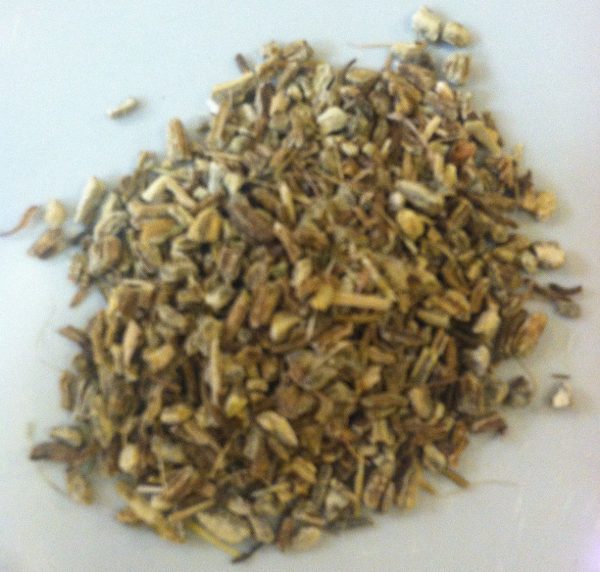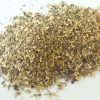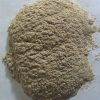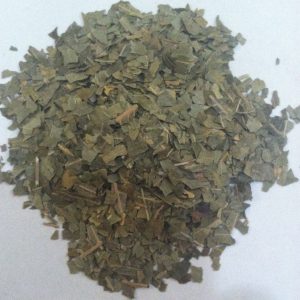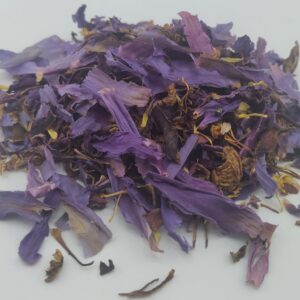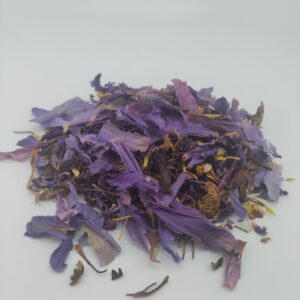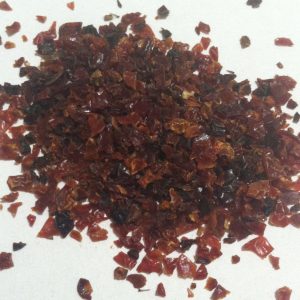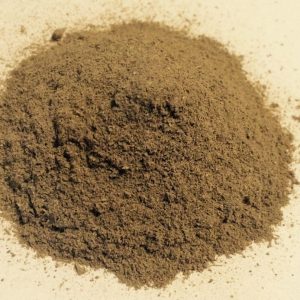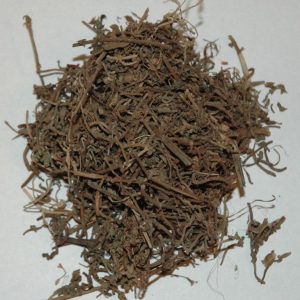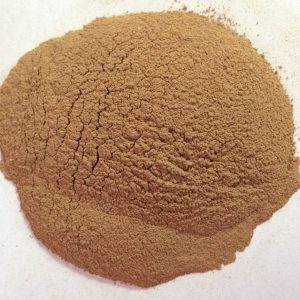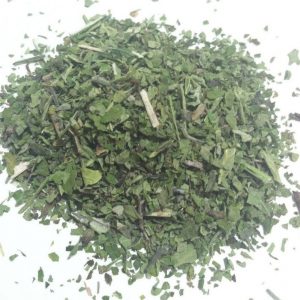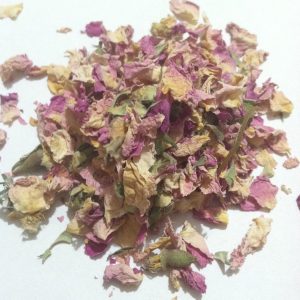Description
Also known as Echinacea purpurea, Echinacea pallida, Echinacea angustifolia, Coneflower, Snakeroot, Purple Coneflower, and Blacksamson. Introduction Echinacea is a hardy perennial that is indigenous to Canada and the United States, specifically concentrated around Oklahoma, Arkansas, Missouri, and Kansas. The flower has a distinct shape with a large central disk that is covered in awns. In reference to its distinctive shape, its name is derived from a Greek word meaning “sea urchin.” The flowers are often cultivated for ornamental use, and should be planted in loose, sandy soil. Echinacea is one of the most popular herbal medicines available, with American and German sales valued yearly at over one-hundred million dollars. The plant was historically used by early Native Americans and became known to popular medicine after the settling of the prairie states in the 1800s. By the 1880s, the popularity of Echinacea had grown, and it was marketed for a variety of ailments by Dr. H. C. F. Meyer.
For educational purposes only This information has not been evaluated by the Food and Drug Administration. This information is not intended to diagnose, treat, cure, or prevent any disease.



